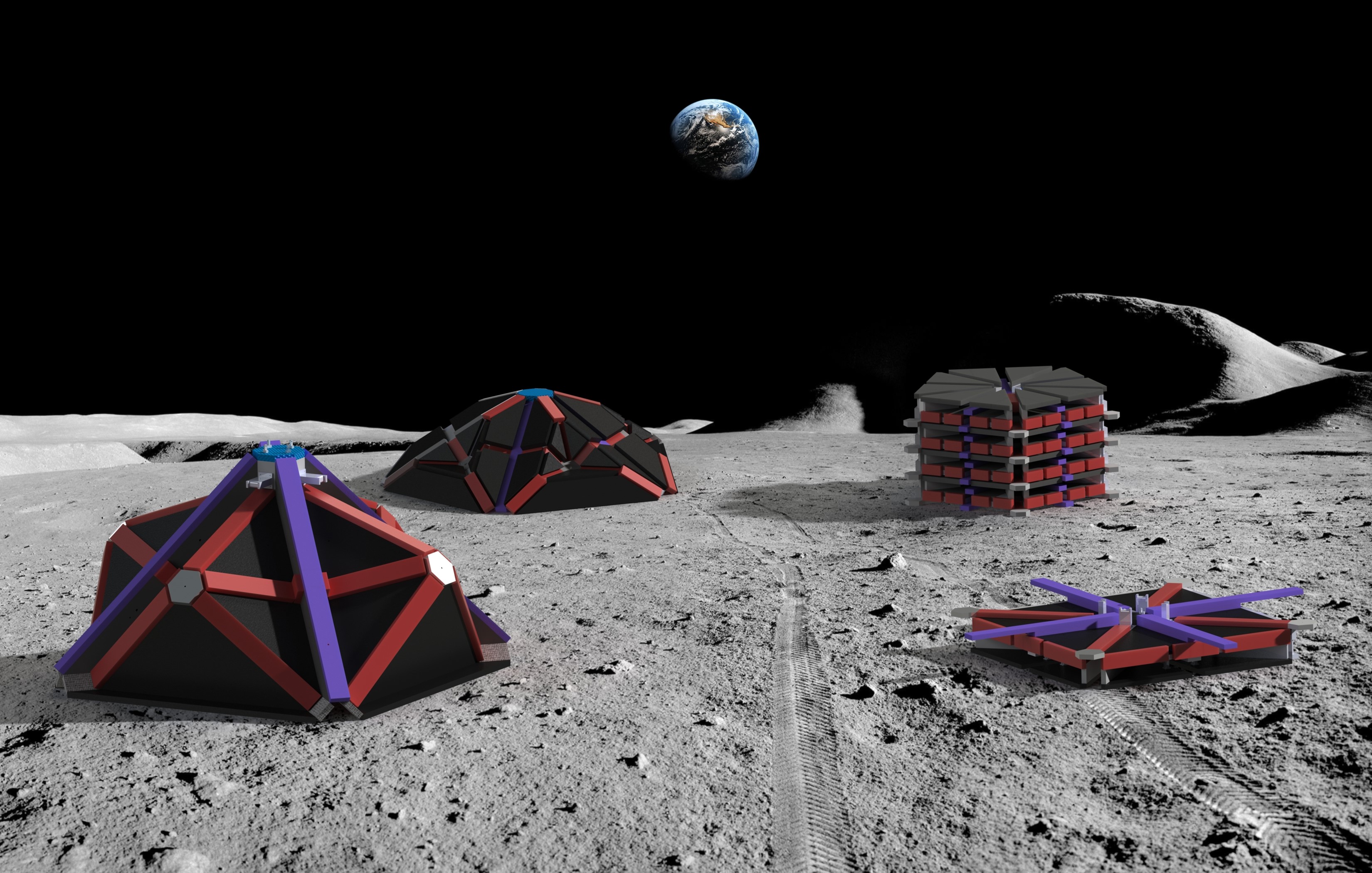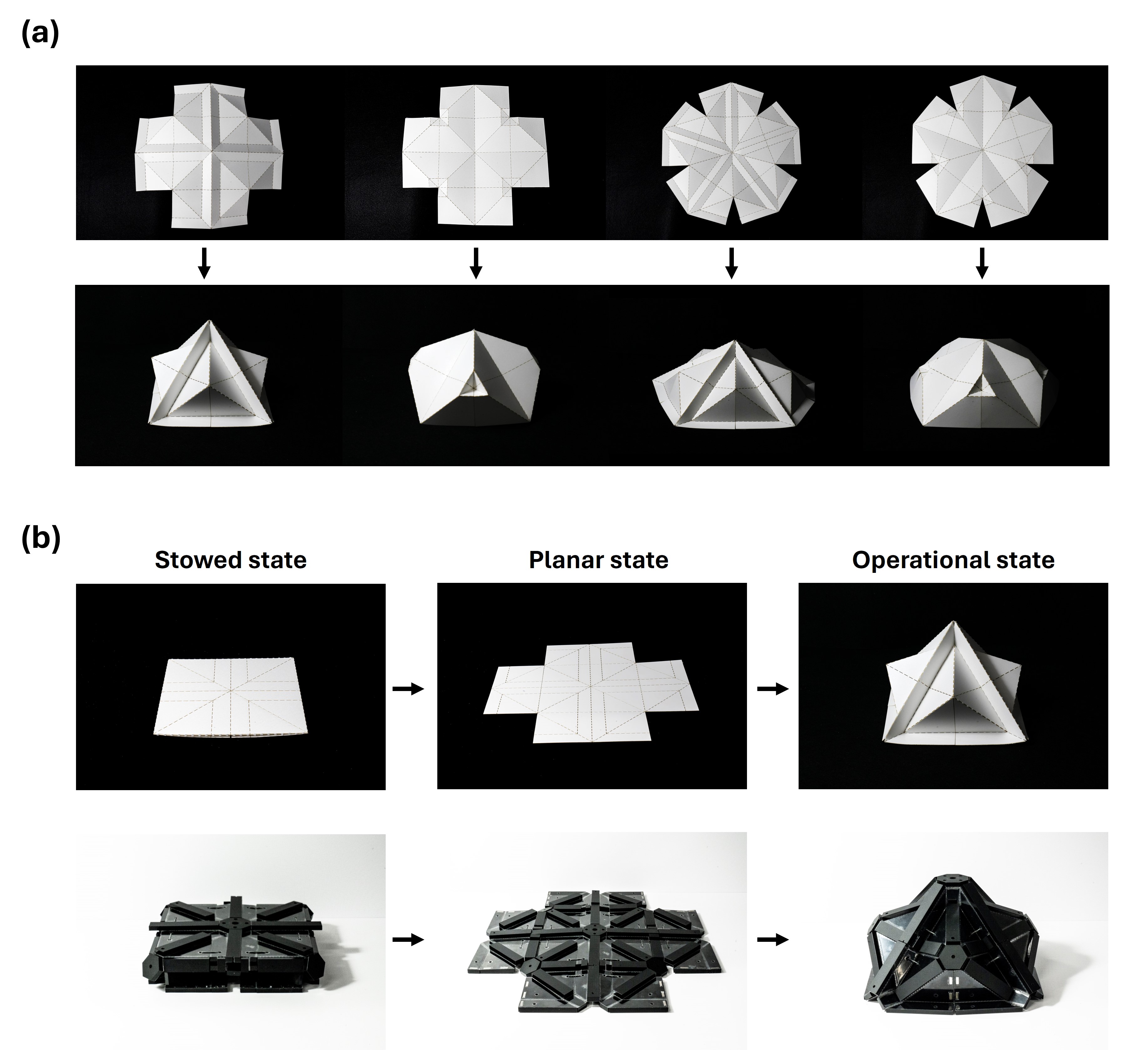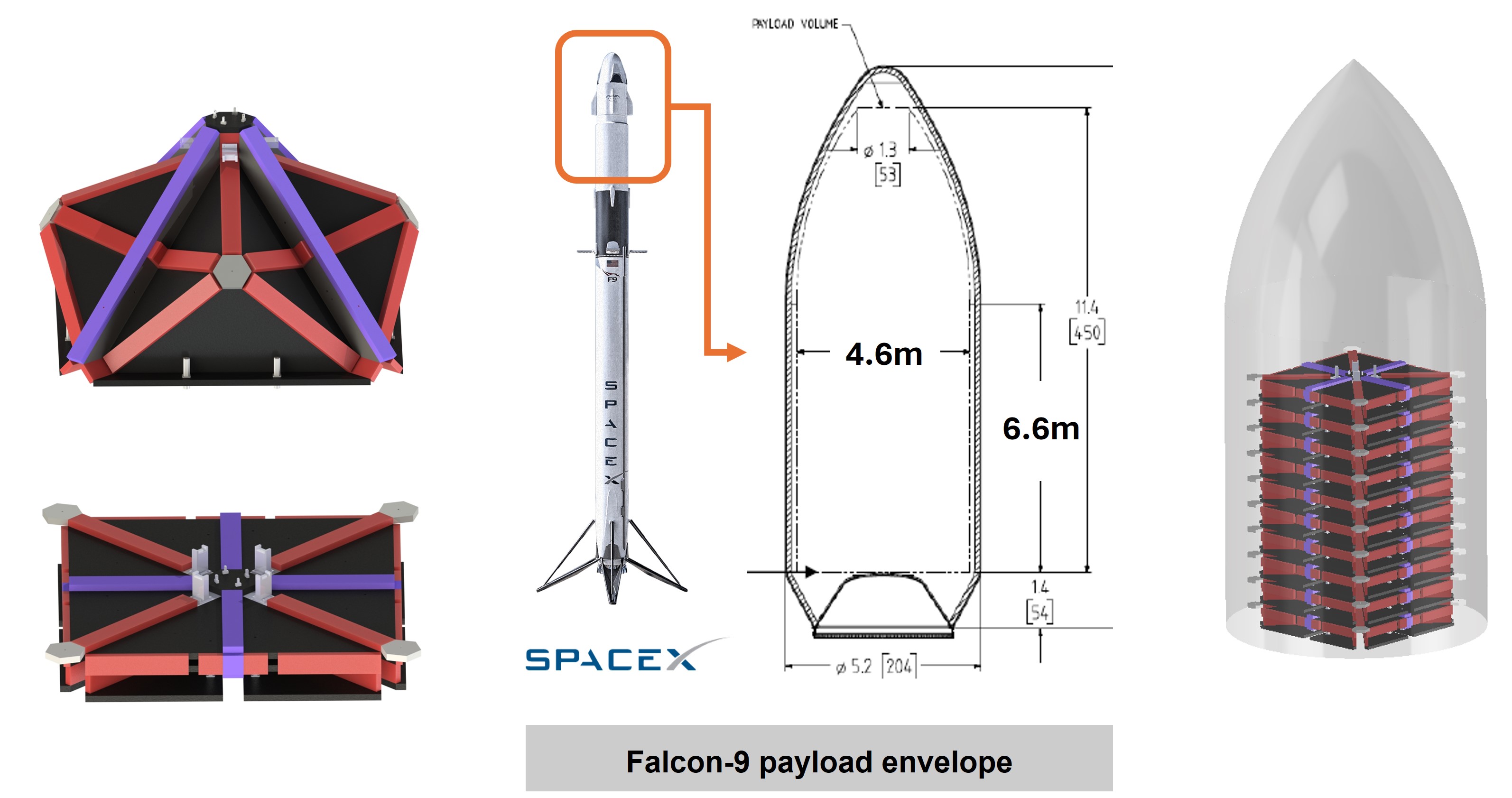KAIST
BREAKTHROUGHS
Research Webzine of the KAIST College of Engineering since 2014
Spring 2025 Vol. 24
For sustainable manned missions to the Moon or Mars, a space habitation system or space shelter is essential to protect astronauts from various hazards. The origami-based space shelter enables efficient transportation by launch vehicle and rapid on-site installation, presenting a new framework for early space habitation.
With recent advancements in launch vehicle technology, the scope of space missions, including deep space exploration and manned missions, has expanded. However, the space environment possesses various critical hazards, such as high-energy cosmic radiation and high-speed collisions with micrometeoroids, which can be fatal to astronauts and equipment. Therefore, for sustainable and long-term manned missions, a space shield structure or space shelter is indispensable. Yet, there are no precedents of actual space shelter utilized on the Moon or Mars, and its development remains a challenging task. The primary obstacle arises from the conflict between the size constraint imposed by launch vehicles for transportation and the requirement for thick materials and large-scale construction for effective protection performance. In addition, the previously proposed concepts may not be practical as an initial space shelter since they require much time and resources for installation and construction.
The origami technique is capable of transforming structures' shapes, sizes, and mechanical properties through the systematic folding of thin sheets and has been applied to various applications such as robots, space structures, and architecture. However, the physical implementation and deployment of large structures with origami techniques is considerably complex and challenging. This is because typical large-scale origami designs with thin-paneled structures are prone to deformation under load, structurally vulnerable, and can become unstable during deployment. On the other hand, if the panel becomes thick, the deployment motion is limited due to interference between panels. To address this, the pattern should be modified in an intricate manner, ultimately complicating the deployment process.
To overcome the limitations of conventional space shelter concepts, Smart Structures and H/W Systems Laboratory (SSHS), led by Professor Jae-Hung Han in the Department of Aerospace Engineering at KAIST, has developed a deployable structure design suitable for early space habitats or shelters, based on origami techniques (see Figure 1). Unlike traditional origami patterns, the proposed design concept allows the use of thick panels while enabling efficient transport, excellent protection performance, and a rapid and simple deployment mechanism.
The foundational pattern for the deployable space shelter design, as illustrated in Figure 2-a, allows folding with a single plane, resulting in a final shape surrounded by pyramidal sides. The proposed pattern enables adjustments to the final shape and available internal volume according to design parameters. It can be folded into a flat shape, while panels do not deform during the deployment process, enabling the application of thick and rigid panels (see Figure 2-b). Moreover, it is suitable for a large-scale shelter since the presented design is scalable according to panel thickness and structure size.


The designed deployable space shelter enables efficient transport via launch vehicles due to its compact stowed shape. When considering the payload space of SpaceX's Falcon-9 launch vehicle as shown in Fig. 3, if the deployable space shelter is composed of a 30mm thick panel, and its dimensions are approximately 2m in height and 5m in diameter in operational state, a total of 20 or more units can be transported at once.

The novel concept of space shelter presented in this study is expected to pave new dimensions for the essential development of space habitat structures for future space missions. Further validation is planned through the creation of large-scale models to demonstrate its feasibility in actual space missions.
Most Popular

When and why do graph neural networks become powerful?
Read more
Smart Warnings: LLM-enabled personalized driver assistance
Read more
Extending the lifespan of next-generation lithium metal batteries with water
Read more
Professor Ki-Uk Kyung’s research team develops soft shape-morphing actuator capable of rapid 3D transformations
Read more
Oxynizer: Non-electric oxygen generator for developing countries
Read more